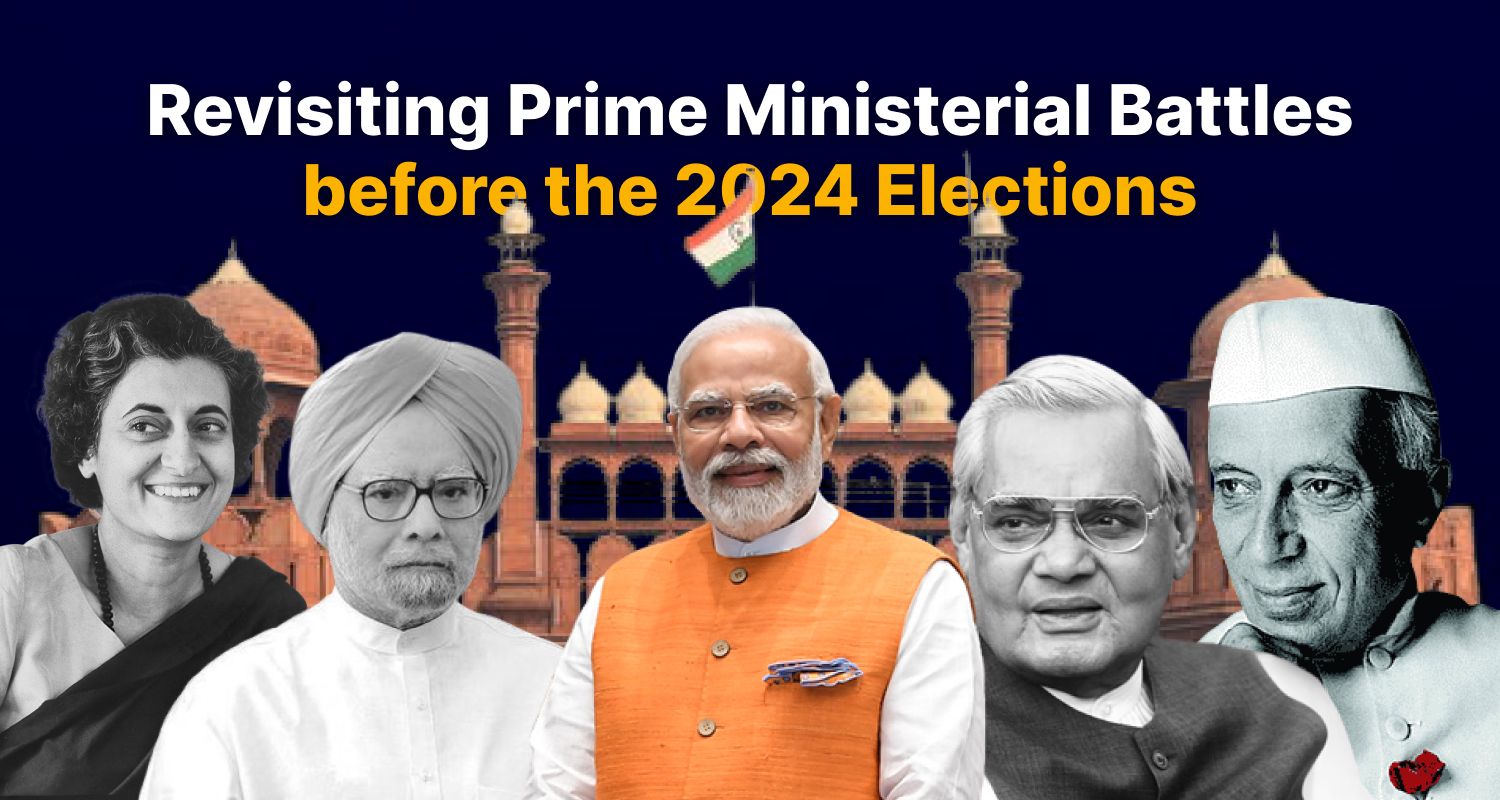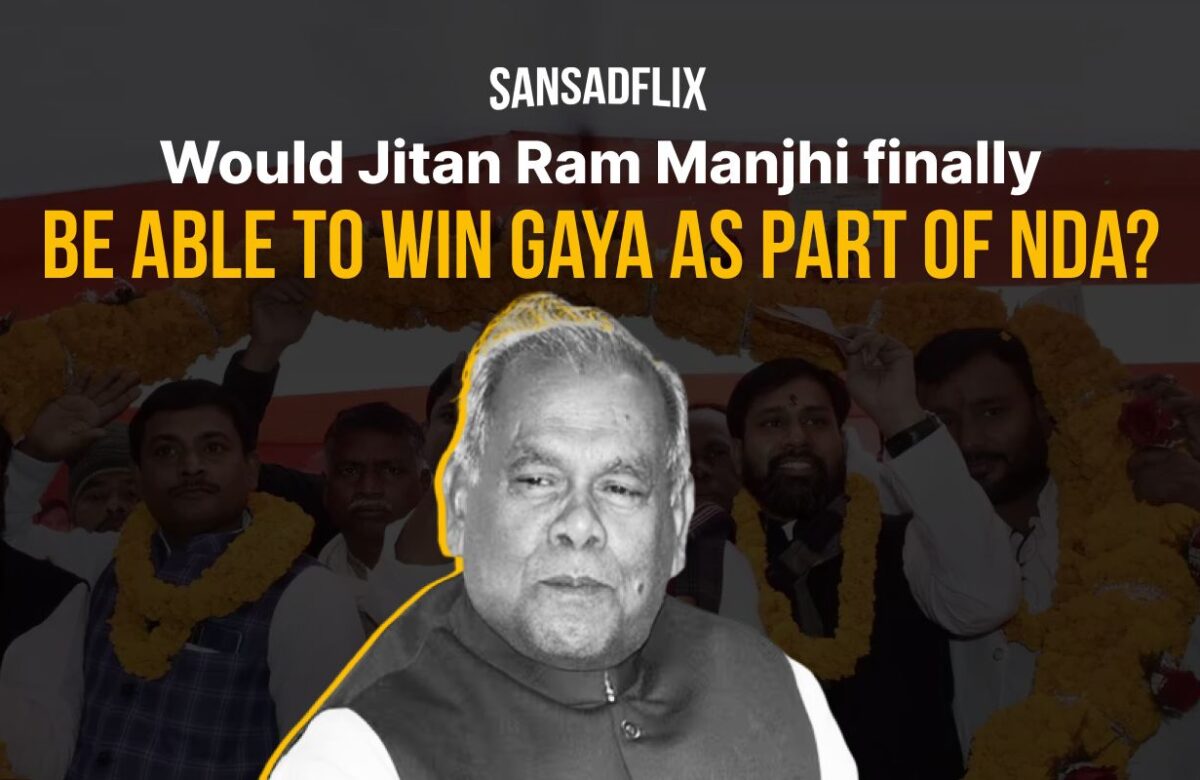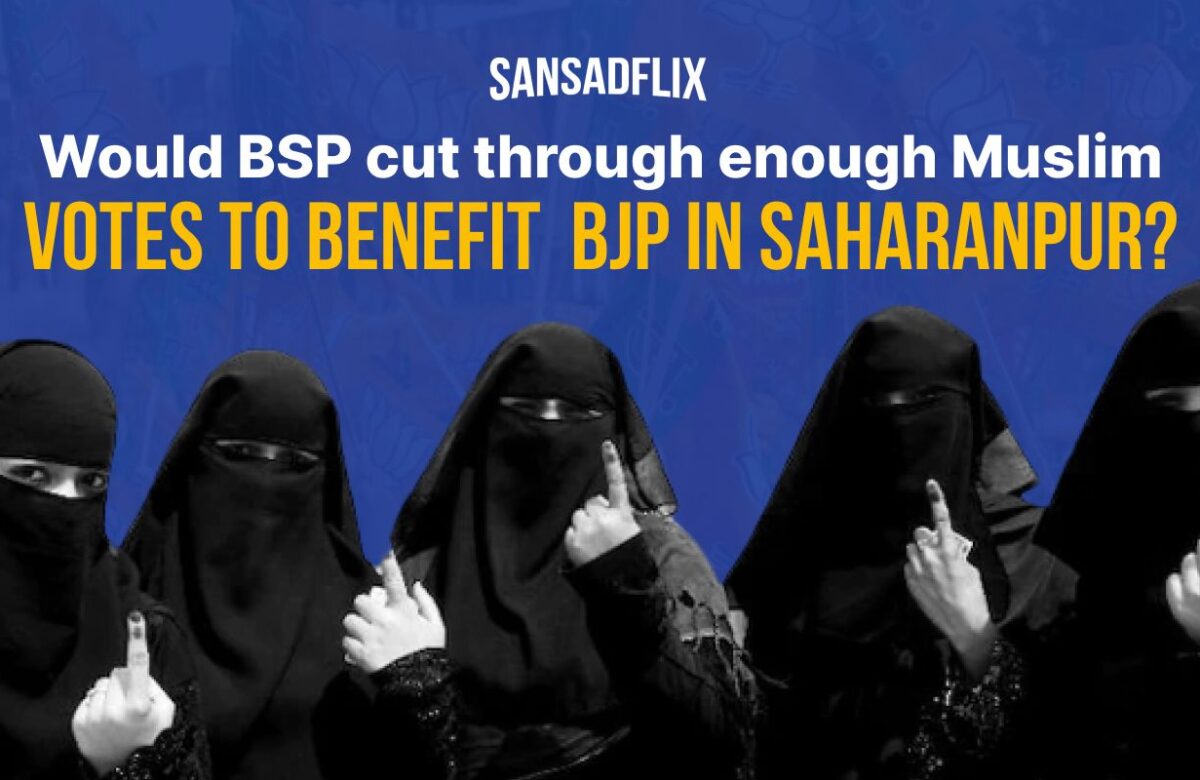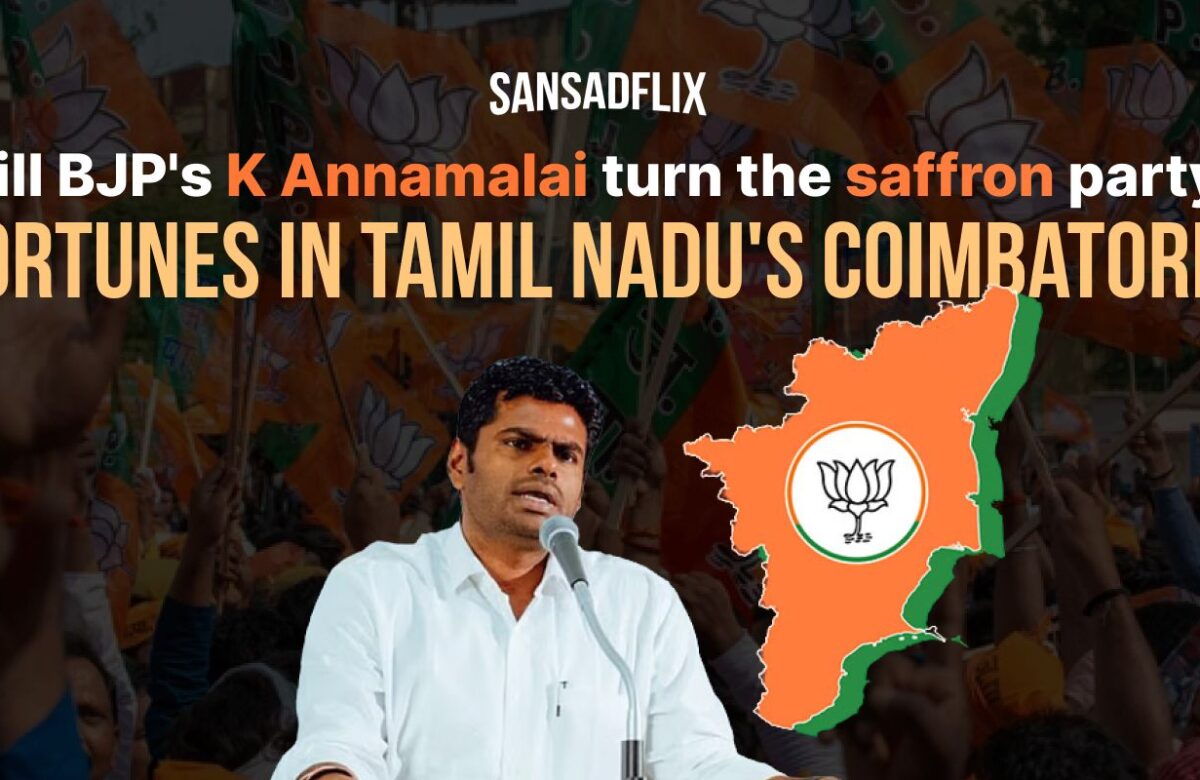- Article
- April 9, 2024
- 8 minutes read
The Battle for Indian Premiership: A look at all the Indian General Elections

Prime Ministerial Battles have always been a charged affair and sparks everyone’s interest!
Let’s take a look at the Prime Ministerial Battles from 1952 to 2019!
The general elections of 1951-1952 to choose the first government of independent India was indeed a historic occasion. Leading the fight was the INC, the party synonymous with the Indian freedom struggle.
INC leader, Jawaharlal Nehru riding high on the freedom sentiment won the elections and became the first PM of independent India after his party bagged almost 45% of the vote and 364 seats out of a total of 489 seats at the time.

The principal opposition was made of two very influential personalities – Ajoy Ghosh and Jayaprakash Narayan representing the Communist Party of India (CPI) and the Socialist Party respectively.
Subsequent elections in 1957 saw INC’s vote share increasing with Nehru becoming the PM again with a thumping majority. However, the opposition was also able to bag more seats than they did previously.
Nehru, as expected, came back in 1962 again, although with a slightly lower seat count than before. Popular leader C. Rajagopalachari was leading his newly formed Swatantra party for the first time in this election. However, he was not able to counter the INC at an extraordinary level and had to seek satisfaction with just 18 seats while the communists’ vote share increased and they gained 2 additional seats.
Subsequent election in 1967 saw CPI’s vote share halfen post the party’s split into CPI and CPI(M) owing to the alleged support of some factions of the party to China during the Indo-China war of 1962. Although, the communist parties collectively still held major sway for decades.
The 1967 election was the first for the INC without the leadership of Nehru. Nehru’s daughter Indira Gandhi took up the reins of the party, the party still lost 78 seats in the elections but was able to form the government with Indira Gandhi becoming the first female PM of India.

The Akhil Bharatiya Jana Sangh led by Deendayal Upadhyaya came to major limelight in this election after they bagged 35 seats. Also, the Swatantra party did well in the elections and more than doubled their seat tally.
The 1971 elections was a literal battle for Indira Gandhi owing to a major split in her party leading to former colleagues and heavyweight leaders like K. Kamaraj and Morarji Desai contesting against her. However, surprisingly, Gandhi did better than expected and comfortably formed the government again.
The next general election held in 1977 was a major turning point in Indian history. It was the first time that a non-congress coalition was voted into power. Indira’s INC incurred huge electoral losses owing to her decision to impose an emergency that stalled the elections. A coalition of opposition parties named the Janata party was able to send 295 MPs to Lok Sabha and its leader Morarji Desai became the first non-congress PM.

However, the coalition did not last very long and fresh elections had to be called in 1980. The general public understood the drawbacks of an unstable coalition government and once again elected Indira Gandhi as the PM whose party made a major comeback and bagged 353 seats.
A subsequent election was then held in 1984, before the completion of the term because of the erstwhile PM’s Indira Gandhi assassination. The wave of sympathy for the murdered PM quashed all of the opposition and the INC formed the government again securing a historic 414 seats with Indira’s son Rajiv Gandhi holding on to the premiership of the country.

Rajiv, unlike her mother, was not able to hold on to the chair for very long and suffered defeat in the 1989 elections. Janata Dal, a party formed through the merger of Janata Party factions was able to cash in 143 seats and formed the government with outside support from the BJP, which in essence is the ideological successor of Syama Prasad Mukherjee’s Akhil Bharatiya Jana Sangh.
The congress’s loss in this election stemmed from many factors including the party’s Muslim appeasement, the erstwhile PM’s involvement in the Bofors Scandal, and rising insurgency in different parts of the country.
Yet again, the minority government could not last for very long and general elections were held in 1991. Former PM Rajiv Gandhi was assassinated during an election rally in 1991. Eventually, Congress came back to power, ironically with outside support from earlier rivals – the Janata Dal with INC leader P. V. Narasimha Rao becoming the PM.

The BJP’s tally in the 1991 elections climbed up to 120 seats, thereby solidifying its status as a major force in the country. The reason for the sudden rise of the BJP on a national level is said to be a effect of polarization of Hindu voters in the aftermath of the Babri demolition.
With former heavyweight parties losing influence, the subsequent elections held in 1996 was the first time when there was a direct competition between Congress and the BJP. Atal Bihari Vajpayee led the BJP in the elections and was able to send 161 MP’s to the Lok Sabha, 21 more than the INC. Vajpayee became the PM for a while but had to step down because of the absence of a majority.
After a couple of years of instability, fresh elections were called in 1998 in which BJP increased its tally even more but could not muster a majority yet again.
Elections were then again called in 1999, where the BJP-led alliance formed the government with outside support from the Telugu Desam Party. Atal Bihari Vajpayee then comfortably took up the Prime Ministership and ruled for a full term before being defeated by the INC in 2004.

2004 elections came as an electoral shock for Vajpayee and the BJP after it lost 44 seats. On the other hand, the INC led by Sonia Gandhi picked up pace and added 31 new MPs taking the tally to 145. The Congress-led alliance then formed the government and INC senior leader Manmohan Singh was then chosen for the PM post. Singh ruled comfortably through his term and came in for a second stint after the INC increased its tally to an impressive 206 seats while the BJP could only gather 116 seats.

However, the subsequent election in 2014 saw history being made. BJP led by the incumbent PM Narendra Modi destroyed the INC on all fronts and the latter party led by Rahul Gandhi was limited to a meager 44 seats.
Congress’s shocking setback can be attributed to the unmasking of several high-profile scams during the Manmohan 2.0 government.

The INC could not make a comeback in 2019 either and could muster only 44 seats, while the BJP brought in a mammoth 303 seats with PM Modi still at the forefront.
Events of the past solidify the fact that anything is possible in the realm of politics. The BJP-led alliance NDA is confident that it will bring in 400 plus seats in the upcoming 2024 elections.
What are your thoughts on this? Do let us know in the comments below!
Stay tuned for more such updates only on SansadFlix, your one-time stop for all things Parliament!




